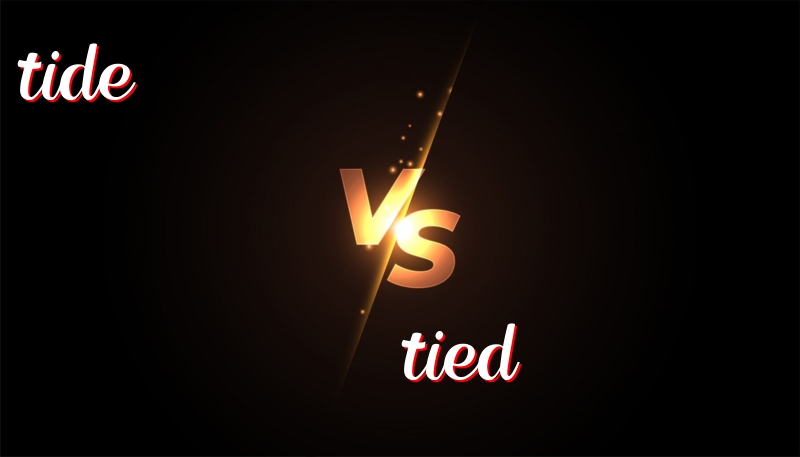The Difference Between Tide and Tied
The Difference Between Tide and Tied
History
The word “tide” comes from Old English and means the rise and fall of the sea. On the other hand, “tied” is the past tense of the verb “tie,” which also has Old English origins.
How to Use
– Tide: Refers to the regular rise and fall of the sea, influenced by the gravitational pull of the moon and the sun.
– Tied: Refers to something that has been bound or secured with a string, rope, or similar object.
Trick to Remember the Difference
Think of a “tide” as something related to the sea and a “tied” object as something that has been fastened together.
Usage Examples
– Tide:
1. The tide is high during the full moon.
2. I enjoy walking on the beach when the tide is low.
3. High tides can cause flooding in coastal areas.
4. The sailor checked the tide chart before setting sail.
5. The children built a sandcastle close to the water’s edge, not realizing the tide was coming in.
– Tied:
1. She tied her shoelaces before going for a run.
2. The dog was tied to a tree in the yard.
3. He tied a bow around the present.
4. The thief was caught and tied up by the police.
5. The boat was securely tied to the dock.
Summary
“Tide” relates to the movement of the sea, while “tied” indicates something that has been bound or fastened. Remember to think of the sea when you encounter “tide” and something being secured when you see “tied.”

Leave a Reply
You must be logged in to post a comment.